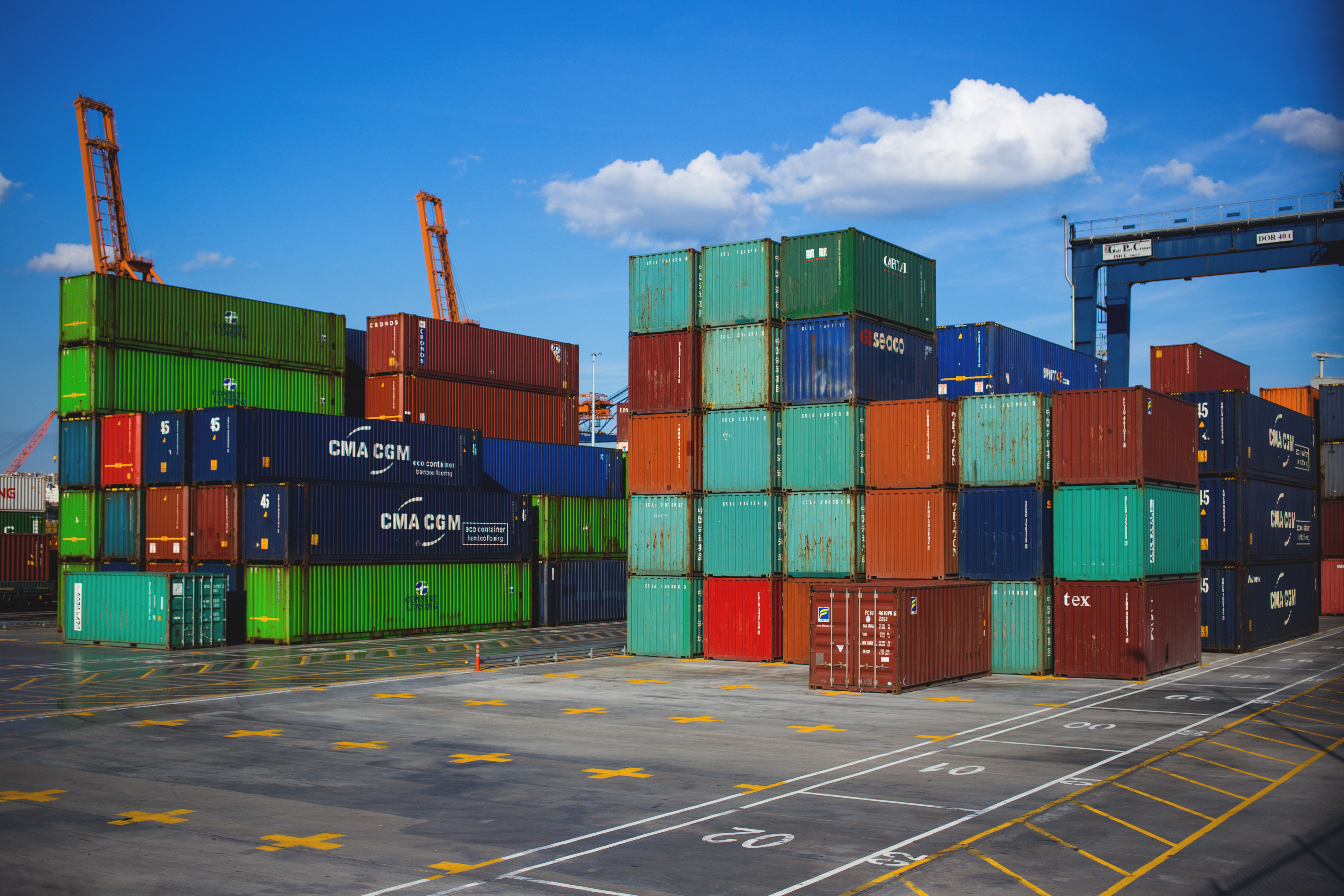Some organizations are turning to containerization as way of managing personal wireless devices that interact with company networks. When the University Hospitals Health System in Shaker Heights, Ohio introduced BYOD, they needed a robust MDM solution. Ryan Terry, division CIO and chief security officer, saw problems with many traditional MDM options because he felt that total control of a personal device raised liability issues. Terry chose to implement containerization as a way of delivering specific hospitals apps and data to employee devices without interfering with personal information and tools.[1]
Containerization is a logistics term normally referring to the use of steel containers for shipping freight. This protects freight in transit while also providing for a standardized form of shipping. Applied to MDM technology, containerization separates corporate content from personal content on a mobile device. This facilitates the application of strong governance policies for security and compliance on mobile devices without interfering with personal content.
Secure containers have become part of a larger MDM strategic policy and many vendors now include a containerization option. When considering the use of containerization, businesses and healthcare facilities need to determine their mobility needs. Andy Smith, VP Product Management at Blitzer Mobile, suggests that the organizations needs to consider employee privacy laws, email requirements, and the types of applications employees need that will have “behind the firewall” access. [2]
It’s important to make these decisions up front because that may impact the type of technology applied. Some technologies create an encrypted corporate folder on the device where company data is stored and access; other technologies create a protected zone around corporate applications and data; and lastly some solutions use a mobile hypervisor to create a virtual corporate phone on the employee’s personal device. Each solution comes with its own challenges.
For instance, BNY Mellon offers a corporate network access solution some of its staff members. Using Fyberlink’s MaaS360, select staff members have complete access to the corporate network. The invasive nature of this option means that if a device is lost or stolen, all the data (corporate and personal) will be remotely wiped from the device.
When developing an MDM solution, it is helpful to talk with experts about your objectives and challenges, so they can help you develop an optimum solution that protect company data and employee devices. To speak with someone at Integracon about BYOD solutions, call us at 865-330-2323 or chat via our contact page at Integracon.com.
[1] Robert L. Mitchell. “Best BYOD management: Work zones for smartphones.” Computerworld, November 19, 2012 <http://www.computerworld.com/s/article/9233708/Best_BYOD_management_Work_zones_for_smartphones?taxonomyId=227&pageNumber=1>
[2] Andy Smith. “MDM and Secure Container: Choose the Right Growth Path.” Blitzer Mobile Blog, November 13, 2012 <http://bitzermobile.com/blog-mdm-and-secure-container/>





